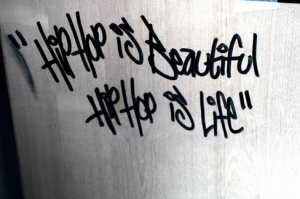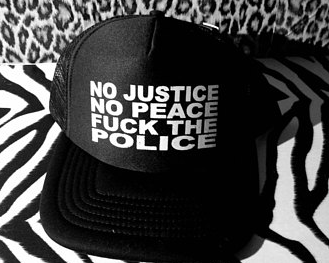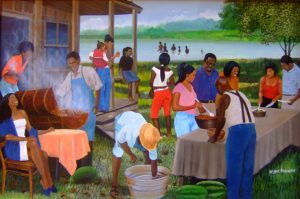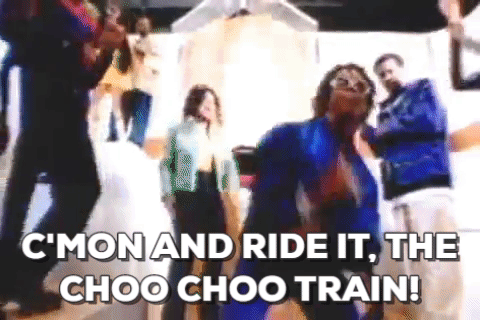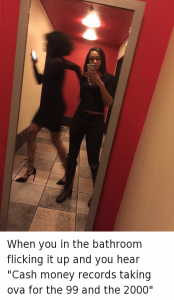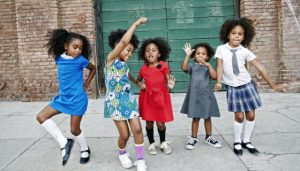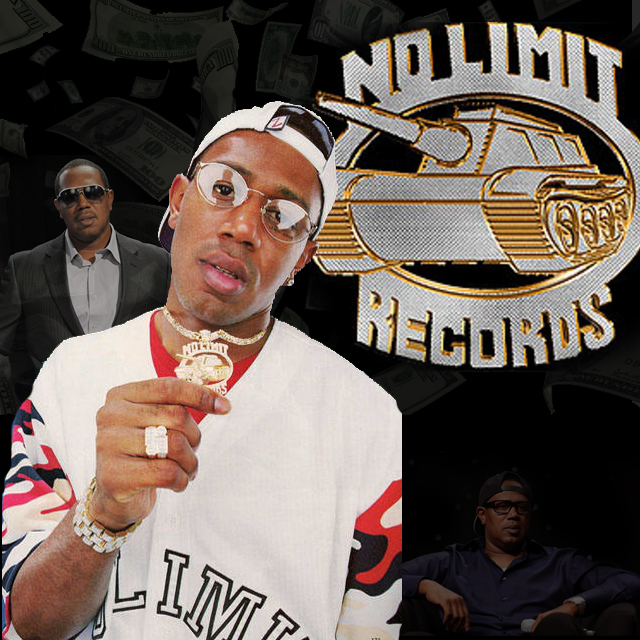 In 2015, Interning for one of South Florida’s most influential record labels, I was given opportunities to communicate and interact directly with the label’s founder and CEO on a regular basis. Like a curious child asking their parents millions of questions in an attempt to gain some understanding of this complicated world we live in, I took advantage of every opportunity to ask the CEO questions that I felt could possibly help me gain a deeper understanding of the music industry. One day after drenching the CEO with a rainstorm of questions, he told me that he has always aimed to be like Master P: Master P greatly influenced the way he ran his label and the various ways that he chose to maneuver the music industry. Most notably, Master P influenced him to push for “80/20” distribution deals, and to maintain ownership of all master recordings produced by his label.
In 2015, Interning for one of South Florida’s most influential record labels, I was given opportunities to communicate and interact directly with the label’s founder and CEO on a regular basis. Like a curious child asking their parents millions of questions in an attempt to gain some understanding of this complicated world we live in, I took advantage of every opportunity to ask the CEO questions that I felt could possibly help me gain a deeper understanding of the music industry. One day after drenching the CEO with a rainstorm of questions, he told me that he has always aimed to be like Master P: Master P greatly influenced the way he ran his label and the various ways that he chose to maneuver the music industry. Most notably, Master P influenced him to push for “80/20” distribution deals, and to maintain ownership of all master recordings produced by his label.
“Master P was a real n*gga, that put his arms around me and showed me the business…I knew the creative side, but he showed business… If it wasn’t for No Limit, it wouldn’t be no money in rap… It was NO MONEY in rap until Master P came out!” —Snoop Dogg
Essentially Master P (MP) and No Limit Records laid a foundation in the mid to late 1990’s that forever impacted the music/entertainment industry. Far before becoming a household name, or even fully being able to sustain himself financially, Master P was already set on conducting business in the music industry on his own terms. As an unsigned artist struggling early in his career, Master P made a pivotal decision to turn down a million-dollar record deal presented to him by Interscope Record’s Jimmy Iovine. Unlike the average unsigned artist at the time, who would have likely quickly jumped at such an offer without hesitation, Master P realized that he possessed the ability to make that same amount of money, and far greater amounts, without committing to a major label. He declined the offer and went on to build a legacy of independence, innovation, and business savvy execution.
The year of the Jimmy Iovine’s offer hasn’t been specified, though it is estimated that the deal was proposed in late 1994 or 1995. Master P turned DOWN the deal and turned UP his grind with no brakes; By 1996, Master P and his independent record company, No Limit, had established a strong growing fanbase of supporters in multiple cities throughout the southern region and west coast. Gearing up to release his fifth studio album, Ice man, he made the decision to expand on a major level. But unlike other Hip-Hop artists and independent labels at the time (and prior), Master P used his business savvy ways to achieve mainstream success while maintaining artistic and company independence…

In 1996, Master P noticed that a bulk of rap artists and small labels were committing to record deals that only allowed them the receive about 10% of all profits from their work. But Master P refused to submit himself or his company to such economic exploitation. He turned the tables on the industry and set a blueprint for other artists and independent labels to follow for generations to come: He did research and found out that (at the time) Michael Jackson (MJ) had the best deal in the music industry. From there, he reached out to Michael Jackson’s lawyer for assistance. MJ had a record deal with a major label; Master P solely wanted a distribution deal that held similar elements―Most notably an 80/20 profit split, with No Limit records receiving the split’s larger portion. Michael Jackson’s Lawyer charged MP $25,000 to help him obtain an 80/20 distribution deal with Priority Records. [Many sources state that the deal was “80/20”, but in various interviews Master P has mentioned that is was “85/15”.] Whether “80/20” or “85/15”, one thing is for certain: Master P convinced Priority records to commit to a deal where No Limit records would maintain ownership of all recording masters, as well as receive the bulk of any profits. Priority records agreed to handle distribution, while No Limit records was expected to take care of all marketing and promotion costs. At the time of the deal, Priority Records didn’t expect Master P and No Limit to gain many sells. But to their surprise, Master P’s 1996 album “Ice Cream Man” eventually became certified Gold (selling over 500,000 copies).

“Ice Cream Man’s was the tip of the iceberg; the beginning of a No Limit dynasty… one that literally lived up to its name. Throughout the years 1996-2000, Master P and No Limit records produced many successful artists, released multiple platinum and gold albums, put out many independent films, and even had a professional wrestling stable with World Championship Wrestling at one point. MP literally did nearly everything that one can think of; some of Master P’s further business ventures outside of entertainment consisted of clothing lines, jewelry lines, gas stations, fast food franchises, energy drinks, phone sex companies, toy making, and much more. Throughout all of his investments and ventures in the 90’s, Master P maintained an independent status within the music/entertainment industry. He was one of the first figures in Hip-Hop (and potentially music in general) to achieve high levels of mainstream success without succumbing to traditional recording contracts. His success in 90’s showed Hip-Hop moguls and artists that it was/is possible for them to conduct business on their own terms and that they do not have to be exploited by major record companies.
